Live Like a Swiss Alpine Cheesemaker for a Weekend
Get a taste of life in the Alps without the commitment
In 2009, when Michael Utecht couldn’t take the corporate world anymore, he left his stable full-time job of a decade to spend 100 days per year on a Swiss mountaintop, herding cows and making cheese. He adopted the life of an Alpine farmer—and he wants you to come try it out with him.
Utecht welcomes visitors to his Alpine farm, Eigeralp, for daytrips and several-day stays, focusing on making cheese and experiencing how Alpine farmers have lived for centuries. Although guests aren’t required to work on the farm (some just sit back and enjoy the view), participating conveys some insider information about this fading culture.
Alpine cheesemakers have lived a nomadic lifestyle since before the 1500s, Utecht says, slowly making their way up the mountains through summer with all their livestock and personal belongings carried with them. “We always follow the grass,” he told Smithsonian.com. “Everything depends on the grass because we need to feed our animals. When there’s not enough grass on the current level, we have to hope there’s enough grass on the next level up.”
Utecht ascends the mountains in three stages. He first collects his 25 or so cows from the village in the valley in mid-June and goes to the first level, at about 5,250 feet elevation. He and the herd stay there for about a week before heading to better grass at the next level, about 6,000 feet elevation. This middle level has Eigeralp’s 400-year-old cheese huts and will be a daily destination through the 100 days Utecht is on the mountain. Toward the end of July, the middle level is abandoned and the herd and farmer go to the final level, at about 6,600 feet elevation. From there, the cows are let loose to graze in the high Alpine meadows, the unique flora lending an herbaceous taste to the cow’s milk that comes through in the cheese.
Alpine farmers have lived this way for centuries, getting up at 4 a.m. to find the cows in the meadow and milk them, working 16- to 19-hour days milking the cows two more times and making and growing food they can easily store: cheese, sausage, onions and potatoes. “The life of an alpine farmer is rooted in survival,” Greg Witt, owner of Alpenwild, the company that arranges tours to Eigeralp, told Smithsonian.com. “What could they produce during their short summer season that would provide sufficient calories and enable them to survive the winter? What do you do with all that milk? You make cheese. That was the only way they had of preserving milk.”
Back in the present, some guests at Eigeralp start their day at 4 a.m., rising with the farmers to round up the cows and watch the sunrise, a breathtaking event that Utecht says still stops even seasoned farmers in their tracks with its beauty. Daytrip participants arrive about 7 a.m. and the entire group sits down for a traditional alpine breakfast: homemade bread and jam, fresh butter, coffee or tea, yogurt and schluck, a thick milk and cream drink made with rennet. Then, work on the farm starts. Some enterprising guests take off on their own to make goat cheese and yogurt, and others head to the barn to try their hand at milking a cow—which isn’t always successful. “Many of them do quite well, but some of them go home frustrated with only a sip from a glass of a neighbor,” Utecht said.
But the main event is cheese—and plenty of opportunities exist for guests to help make it. Eigeralp produces enough milk to make two or three huge wheels of cheese per day, about a foot and a half diameter and six inches thick. The cheese is pressed into the round and turned about eight times over a 24-hour period to get all the liquid out. Then it soaks in a salty brine for another 24 hours and spends the following 24 drying out on a wooden table before joining other wheels in the cheese huts on the second level of the mountain. The cheese produced is durable and hard as it has to last the entire season before going to an aging cellar in the valley.
The cheese huts are wooden storage houses with shelves, lifted up on each corner by wooden pedestals to allow air to flow underneath the hut as well; Utecht says both the wood construction and airflow are vital to the cheese’s maturation. The work is far from done once the wheels are in the hut, though. Farmers and visitors go to the huts every day, pull out every wheel of cheese, turn it and brush it with a brine. Every day, for the entire 100 days. When the season is over, Utecht and the other farmers load up all the cheese and haul it down to the aging cellar, where it sits for up to five years.
At the end of a productive day on the farm, overnight guests gather for sunset fondue at a fire pit before retiring to a hayloft converted into a hotel room. “We have these really long forks so you can stand in a big circle and enjoy your cheese while you watch the sunset over the mountains and the dark red snowfields on the peaks, hearing the sound of bells on the cows in the background,” Utecht said. And when it’s all over, no one wants to leave. “It’s always very emotional when people leave,” he said. “People love it, even if they’ve only been there for a few hours.”
And aside from finding a love of the lifestyle and understanding of Alpine ways, most people who go through this experience have another revelation—a monetary one.
“Most of us eat cheese and yogurt and never think about the amount of work it takes to produce it,” Witt says. “I don’t gripe about paying $20 a pound for cheese anymore.”
Planning Your Next Trip?
Explore great travel deals
Smithsonian magazine participates in affiliate link advertising programs. If you purchase an item through these links, we receive a commission.
/https://tf-cmsv2-smithsonianmag-media.s3.amazonaws.com/accounts/headshot/JenniferBillock.png)

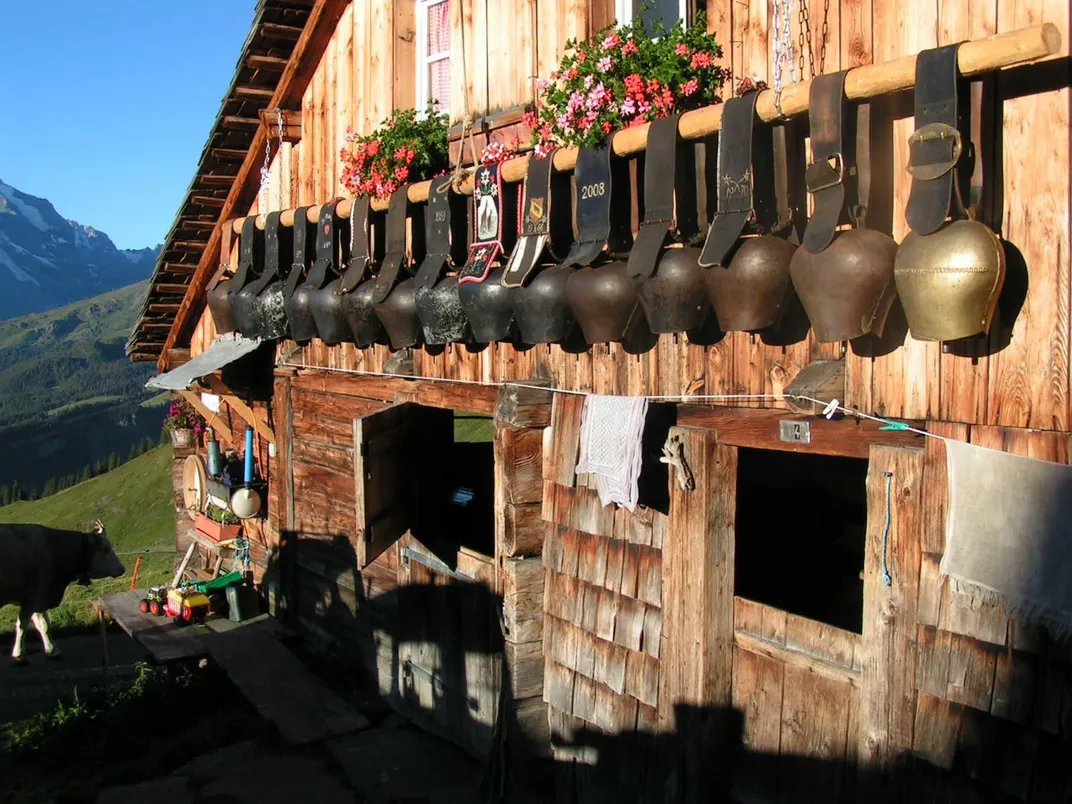
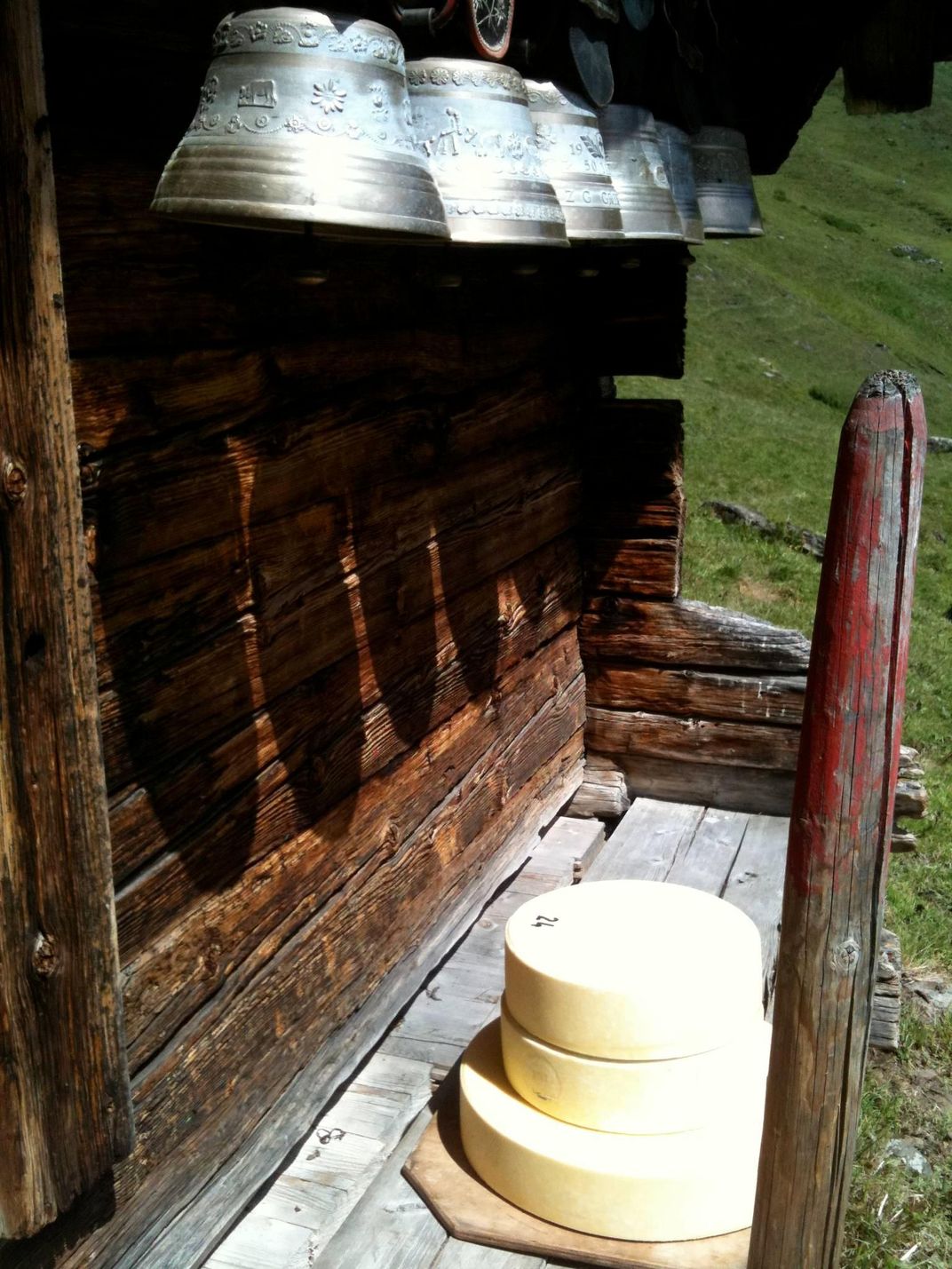
/https://tf-cmsv2-smithsonianmag-media.s3.amazonaws.com/filer/3a/0e/3a0ef4d4-f49a-410b-812d-f93855f99ab4/cheese_hut_2.jpg)
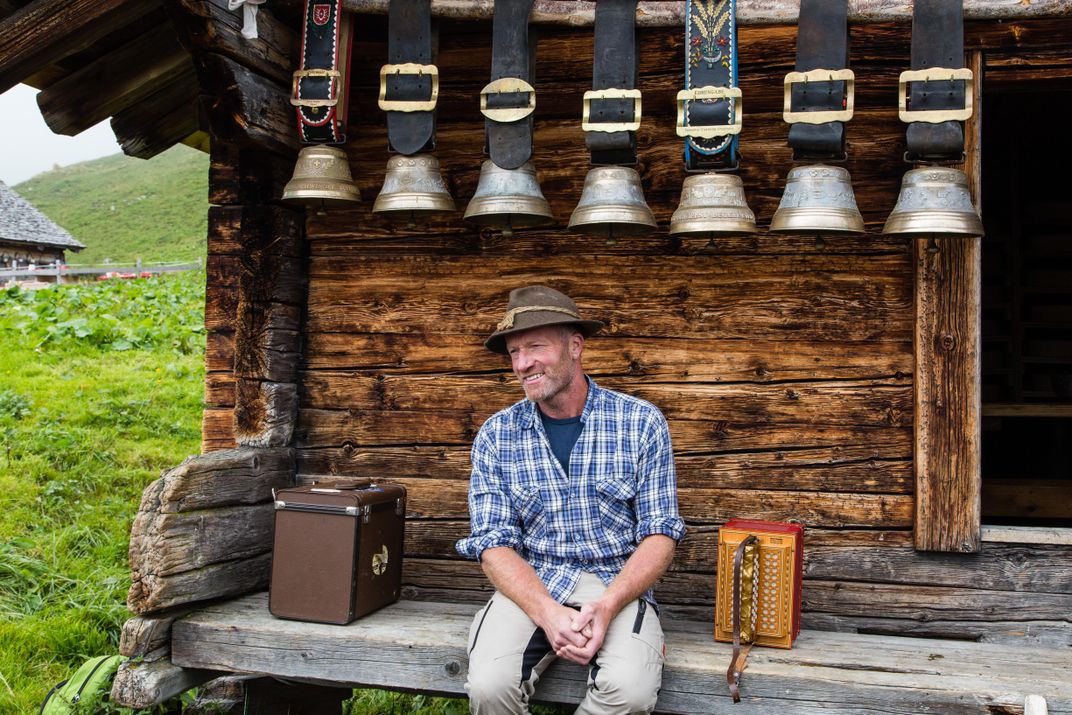
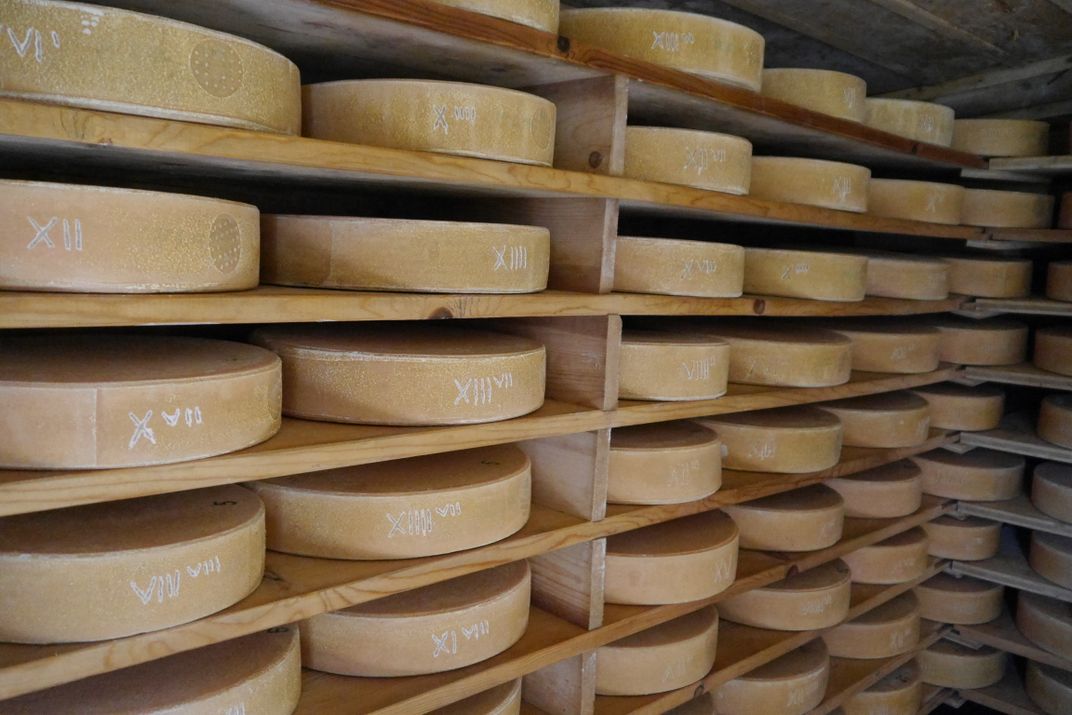

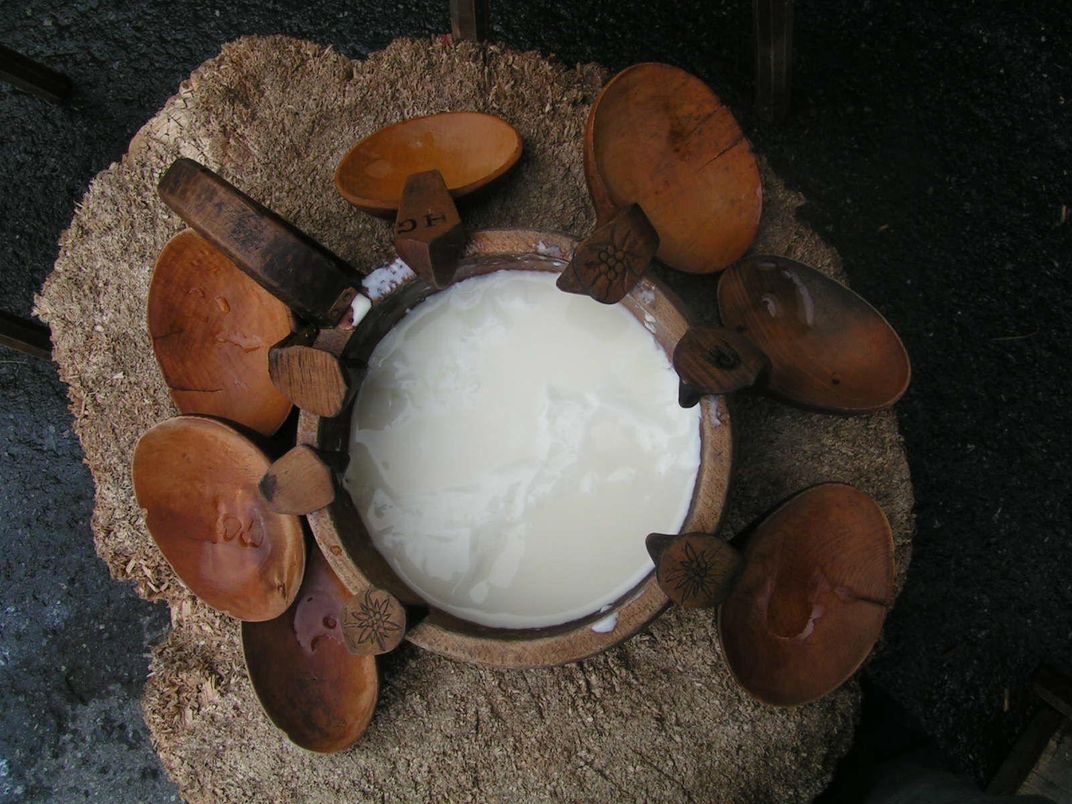




/https://tf-cmsv2-smithsonianmag-media.s3.amazonaws.com/accounts/headshot/JenniferBillock.png)